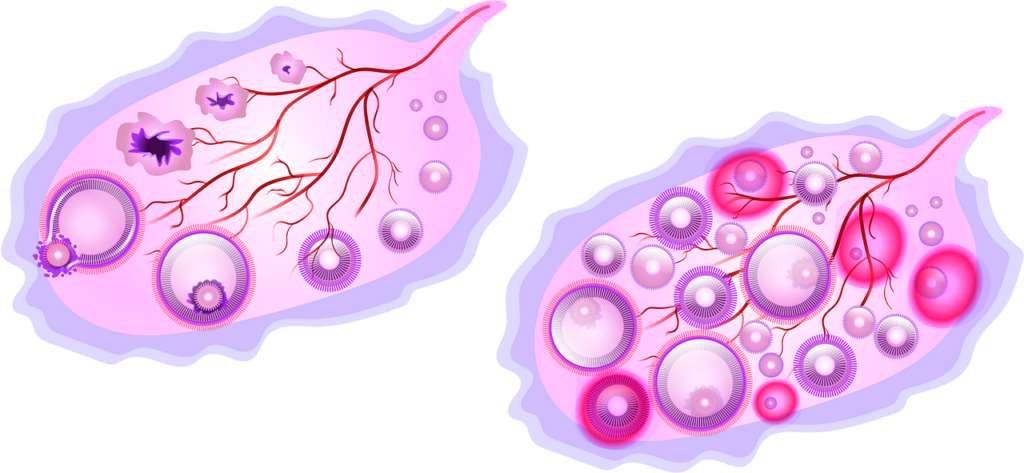
In the 1800s, methods for preventing pregnancy were limited compared to modern contraception options. Prostitutes and women in general had limited access to birth control, and the methods available were often unreliable and sometimes dangerous. Here are some of the methods that were used:
Withdrawal Method: Also known as the “pull-out method,” this involved the man withdrawing his penis from the woman’s vagina before ejaculation. While it was a method used by some couples, it was not very effective in preventing pregnancy.
Barrier Methods: Some prostitutes may have used rudimentary barrier methods such as condoms, which were often made from animal intestines or other materials. These early condoms were not as effective as modern latex condoms.
Herbal Remedies: Some women in the 1800s relied on herbal remedies and potions, often with dubious effectiveness. These remedies could include the ingestion of certain herbs or the insertion of herbal mixtures into the vagina.
Douching: Douching involves flushing the vagina with various substances, including water, vinegar, or other liquids, immediately after intercourse. While this method might have been used, it was not very effective at preventing pregnancy and could even be harmful.
Abstinence: Abstinence from sexual activity was one of the only foolproof ways to avoid pregnancy, but it was not a practical solution for many individuals, including prostitutes who relied on sex work for their livelihood.
Primitive Contraceptive Devices: Some early contraceptive devices, such as cervical caps or diaphragms, existed in the 1800s, but they were not widely available or reliable.
It’s important to note that contraception in the 1800s was often rudimentary and not highly effective. Unintended pregnancies were common, and the risks associated with these methods, such as infection or injury, were significant. Moreover, there was often a lack of medical knowledge and regulation surrounding contraception during that time, which made it difficult for individuals to make informed choices.
Generally, prostitutes and women in the 1800s had limited options for preventing pregnancy, and the methods available to them were often unreliable and sometimes even dangerous. The development of more effective and safe contraception methods came much later in history.



